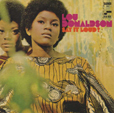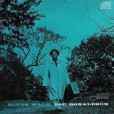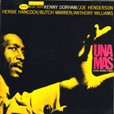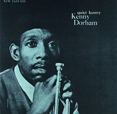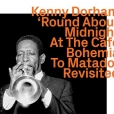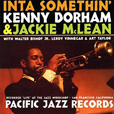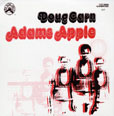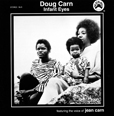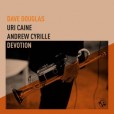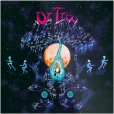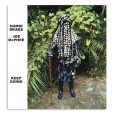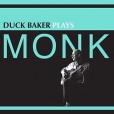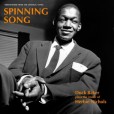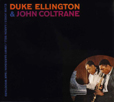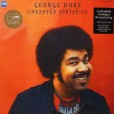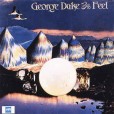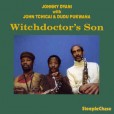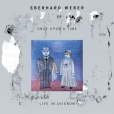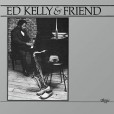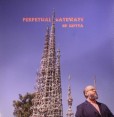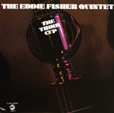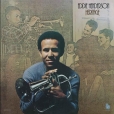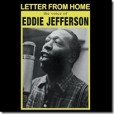Your basket is empty

‘Classic Vinyl.’
‘Blue Note Classics’ series.
Relaxed, maybe, but not subdued. Actually a lovely mixture of swingers, blues and ballads, and one of the great trumpeter’s most unmissable sets, beautiful stuff, with Tommy Flanagan on top form, Paul Chambers, and Art Taylor.
Live at the Jazz Workshop in San Francisco, at the close of 1961. Jackie Mac is on fire. Tearing version of Una Mas a year before the Blue Note. Leroy Vinnegar, Walter Bishop, Art Taylor.
Scorcher!
Originals, and covers of Coltrane, Horace, Shorter and co. Bobby Hutcherson’s Little B’s Poem steals the show, with the great Jean Carn singing. From 1974.
The legendary jazz-funk album recorded in Auckland, New Zealand, in 1971, mapping ‘the same territory as such acolytes of Miles Davis’s late- 60s explorations as Return To Forever, Weather Report, and Tony Williams Lifetime. Experimental studio techniques combine with blazing artistry, juxtapositioning trippy electronic textures and improvised jazz, creating a hypnotic kaleidoscope of sound.’
Lovely job as usual by Wallenbink: heavyweight tip-on gatefold sleeve featuring archival photographs; sound restoration and remastering at Abbey Road (including previously unreleased recordings and outtakes); 180g vinyl. A limited edition of six hundred: half for NZ; just three hundred copies for the rest of the world.
‘The session somehow consolidated their shared energy in an unexpected way — the drummer’s incredible warmth and sense of buoyancy, the saxophonist and trumpeter’s preternatural musicality and quest for social justice. The recording started with McPhee reciting words by Harriett Tubman, resulting in the title track; Drake’s support was an achingly slow Max Roach-like beat. From this inspired, inspiring starting point, the twosome frolicked through a rich program, McPhee donning tenor and alto saxes, and pocket trumpet, Drake turning momentarily to the frame drum. Each musician contributes an introspective solo track. McPhee at one point plays trumpet into an open gong, which gives him otherworldly overtones, a sort of acoustic version of electric Miles…’
Solo acoustic guitar renditions of nine Thelonious Monk tunes.
‘Baker will remind you through his playing that the idiosyncrasies of Monk’s composing are further dimensions of the Americana continuum (and source musics) that has been his turf for years. Especially in Monk’s centennial year, many will address Monk’s oeuvre, in fact hundreds will interpret the scores, but very few can inhabit this music in the way Duck Baker does here.’
Superlative solo acoustic guitar interpretations of the compositions of the brilliant, offbeat pianist. (Herbie’s two mid-fifties Blue Note LPs are unmissable; dazzlingly just a totter sideways of Monk. He co-wrote Lady Sings The Blues with Billie Holiday.)
Acoustic Guitar magazine called it ‘one of the best guitar records ever recorded — by anybody.’
“Nowadays a lot of people are giving Nichols’ music the attention it deserves, but only Duck Baker’s playing makes me feel Herbie in the room” (Roswell Rudd).
Warmly recommended.
The guitarist recorded at Oliver Sain’s St Louis studio in 1969 — but the best stuff here isn’t funk, it’s a kind of shimmering, limber, spare steppers. With organ and a second, rhythm guitar, and one Paul Jackson on bass.
